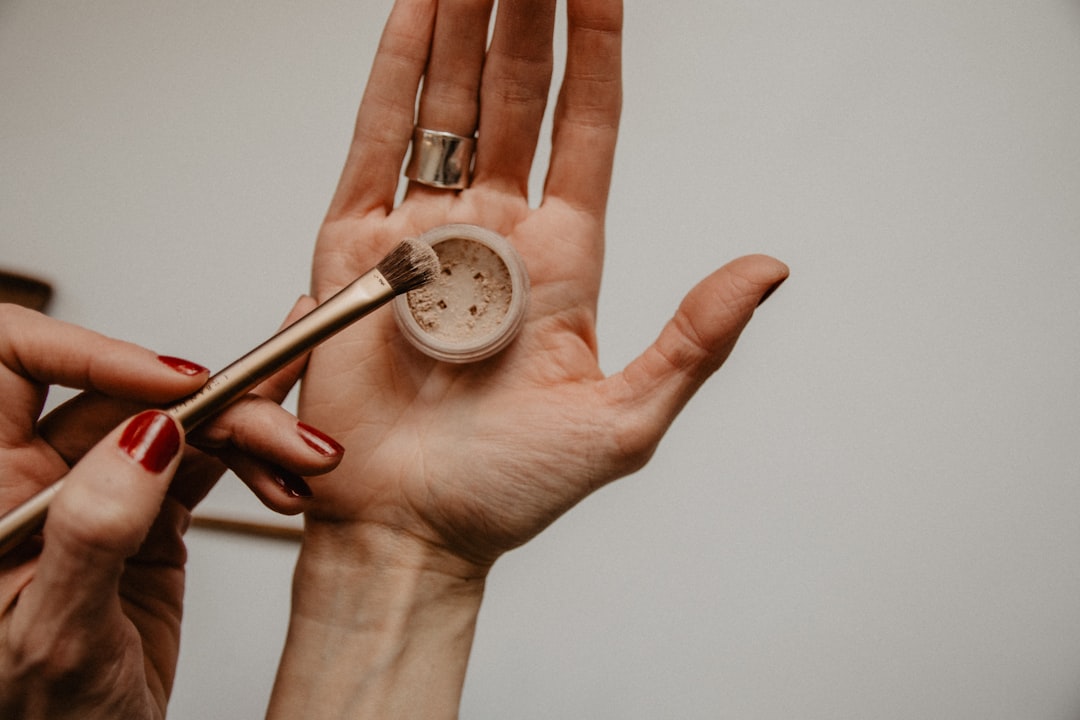

Overview of the different types of waxes available
3. Are there any differences in application techniques between hard and soft waxes?
In effect this means, choosing the right exfoliation products tailored to your skin type is essential before and after waxing to achieve optimal results and maintain healthy-looking skin.
Get the best hard wax products from Wax Wax.After waxing, it is important to take care of your skin to prevent irritation and soothe any discomfort. Here are some top recommended post-wax products for irritated skin:
Male chest before and after waxing.
Strip waxing (soft wax) is accomplished by spreading a wax thinly over the skin. A cloth or paper strip is applied and pressed firmly, adhering the strip to the wax and the wax to the skin.
Male chest before and after waxing.
Avoid caffeine and alcohol before your appointment
Incorporate relaxation techniques like visualization or positive affirmations into your deep breathing practice for added comfort. Picture yourself in a calming environment or repeat soothing statements in your mind to distract yourself from any sensations of pain or discomfort. By combining deep breathing with mental imagery or affirmations, you can create a more positive and relaxing experience during your waxing session.
Immediately after waxing, it is crucial to avoid touching the freshly waxed area to prevent irritation and infection. (Avoid) wearing tight clothing or engaging in activities that may cause sweating for at least 24 hours post-waxing. (Remember) not to apply any perfumed products, such as lotions or creams, to the waxed area as they can cause further irritation. what is a good wax for hair removal It is also recommended to avoid hot showers, saunas, and sun exposure immediately after waxing to prevent skin damage. By following these immediate aftercare steps, you can ensure a smooth and successful waxing experience!
What is waxing
Not to be confused with Wax play or Waxwing .
Despite its benefits, waxing also has drawbacks such as ingrown hairs and minor bleeding.
Discussion on the benefits of exfoliating after waxing to prevent clogged pores and promote skin regeneration
Waxing is the process of hair removal from the root by using a covering of a sticky substance, such as wax, to adhere to body hair, and then removing this covering and pulling out the hair from the follicle. New hair will not grow back in the previously waxed area for four to six weeks, although some people will start to see regrowth in only a week due to some of their hair being on a different human hair growth cycle. Almost any area of the body can be waxed, including eyebrows , face, pubic hair (called bikini waxing or intimate waxing), legs, arms, back, abdomen, chest, knuckles, and feet. There are many types of waxing suitable for removing unwanted hair.

Possibility of improper technique leading to ineffective results
Moisturizing and Soothing the Skin
Check your skin for any cuts, scratches, or irritations before applying the wax.
Top recommended post-wax products for irritated skin
When meeting with your esthetician for your first bikini wax, it is important to communicate openly about any concerns you may have. Your esthetician will guide you through the process and answer any questions you may have before beginning the treatment. It's normal to feel nervous or apprehensive, but remember that your esthetician is a professional who is trained to provide a comfortable experience for you!
The modern practice of waxing has evolved over time, with different techniques and types of wax available. Strip waxing, which uses a thin layer of wax applied to the skin and removed with a cloth or paper strip, is one common method. Another method is stripless waxing, where hard or film wax is applied directly to the skin and removed without the use of strips.